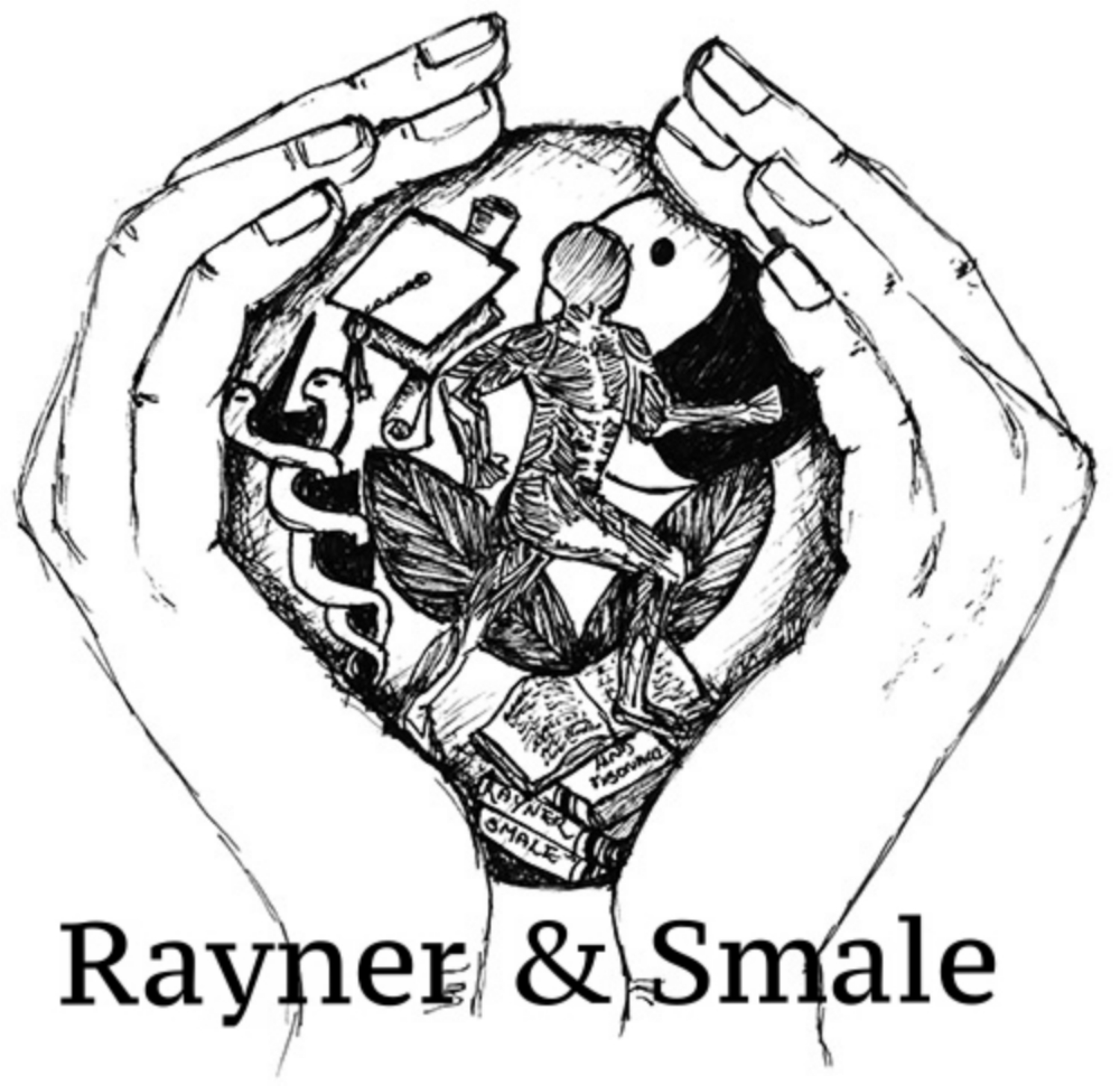A review of the continuum of tendon pathology
The aim of this blog is to explore one landmark article in particular published in 2009 titled "Is tendon pathology a continuum? A pathology model to explain the clinical presentation of load-induced tendinopathy". Cook proposes that from the new research on tendon pathology there are three main phases of the process; reactive tendinopathy, tendon dysrepair, and degenerative tendinopathy.
Read More